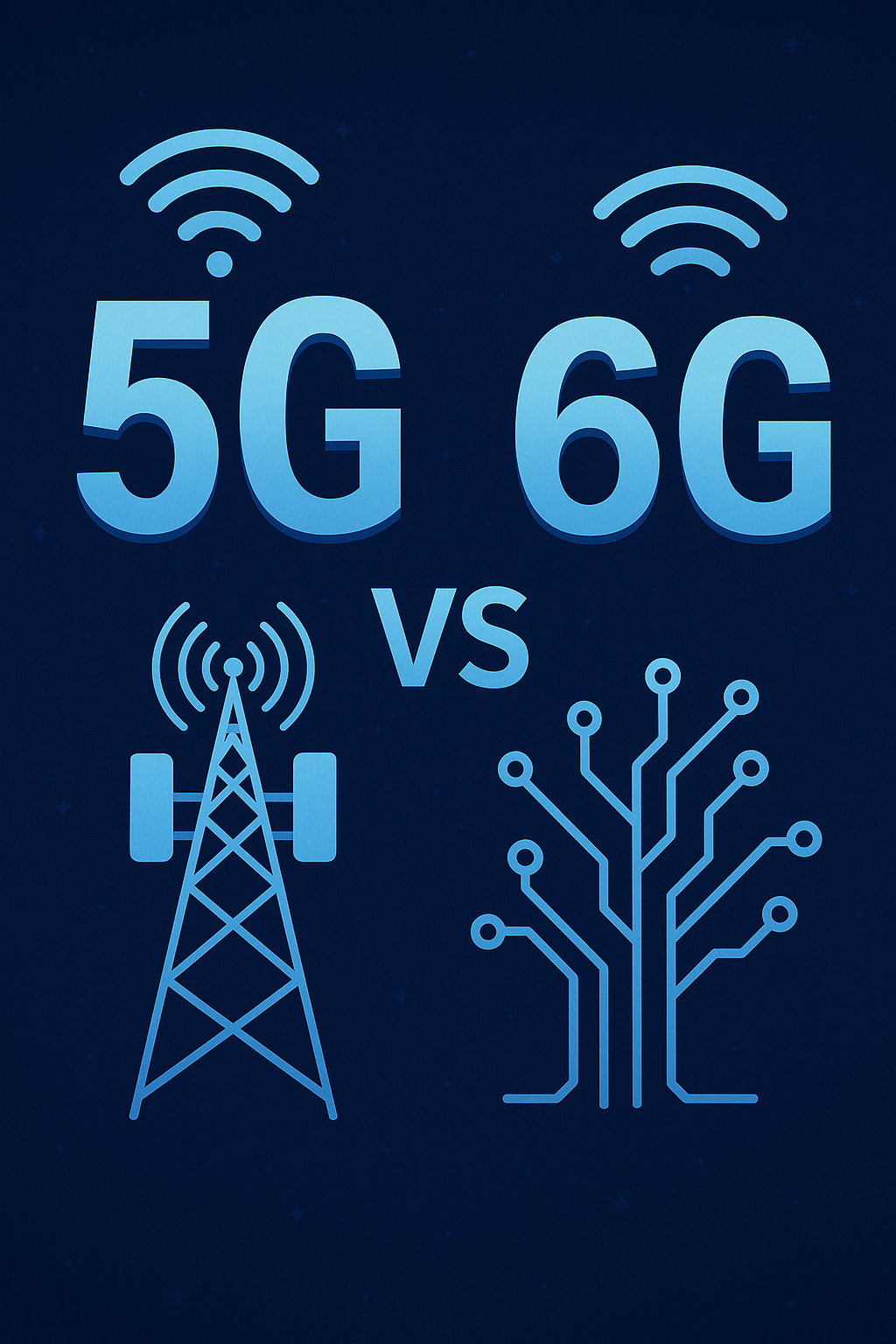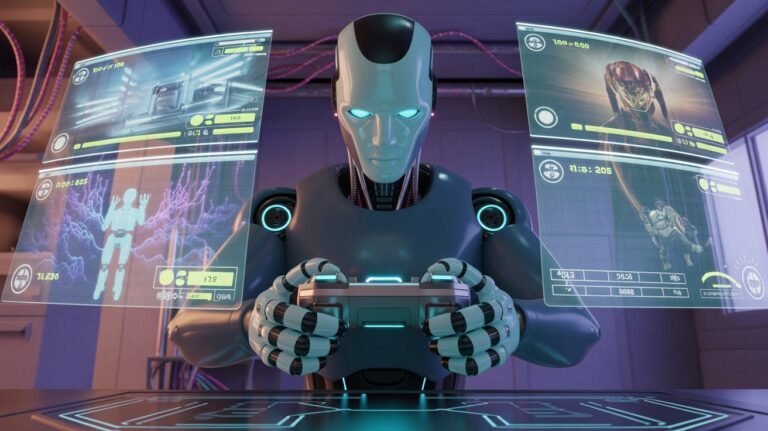5G, 6G, and Beyond:
The digital world is growing fast, and 5G plays important role in it. With super-fast internet and almost no delay, 5G is already changing how we live, study, and work. But the next five years will bring even bigger changes. New technologies are coming that will take us far beyond what we see today.
Let’s explore what’s next after 5G.
What 5G Has Done So Far
5G is nearly 100 times faster than 4G. It allows more devices to connect at the same time with less delay. This has helped make things like:
- Remote surgeries.
- Self-driving cars.
- Smart factories.
- Real-time gaming and video streaming.
- Smart homes that adjust lights, temperature, and security automatically.
But this is just the beginning. New technologies are being developed that will make the internet even smarter, faster, and more helpful.
Technologies Coming Between 2025 and 2030
6G (Sixth Generation Networks)
6G is expected to arrive around 2030. It could be up to 100 times faster than 5G. With 6G, we may see:
- Hologram video calls.
- 3D digital classrooms.
- Real-time virtual meetings.
- Mind-controlled devices.
Brain-Computer Interfaces (BCI)
BCI technology connects your brain directly to a computer. It helps people control devices using thoughts. This can support:
- Disabled people with robotic arms or keyboards.
- Gamers who control action with their mind.
- Future communication through brain signals.
Satellite Internet (Starlink and Others)
Services like Starlink send satellites into space to provide internet in remote places. This helps:
- Villages, deserts, and mountain regions.
- Students and workers without cable internet.
- Emergency teams in disasters.
Network Slicing
Network slicing breaks a single 5G network into smaller, special networks. Each slice can be used for different needs, such as:
- Healthcare
- Gaming
- Smart city traffic systems
Edge Computing with AI
Edge computing means data is processed close to where it’s created (like in your car or phone). When combined with AI, it helps:
- Self-driving cars make fast decisions.
- Security cameras detect danger quickly.
- Devices work without sending everything to the cloud.
Quantum Networks
Quantum networks use quantum physics to transfer data. They are nearly impossible to hack. These networks are ideal for:
- Banks and finance
- Military and defense
- Sensitive government data
Difference Between 5G and Wi-Fi 6
5G is used outside by mobile companies
Wi-Fi 6 is used inside buildings like schools and homes
5G is better for traveling or outdoor use
Wi-Fi 6 works well in crowded places with many devices
Both are very fast, but they serve different needs.
5G, 6G, and the Metaverse
The Metaverse is a digital world where people can meet, play, work, and shop using virtual reality (VR) or augmented reality (AR).
5G powers virtual classrooms and shopping malls.
People can attend 3D meetings from anywhere.
6G will make these experiences more realistic and smooth.
Education, business, and fun will all improve through better connectivity.




Leave a Comment